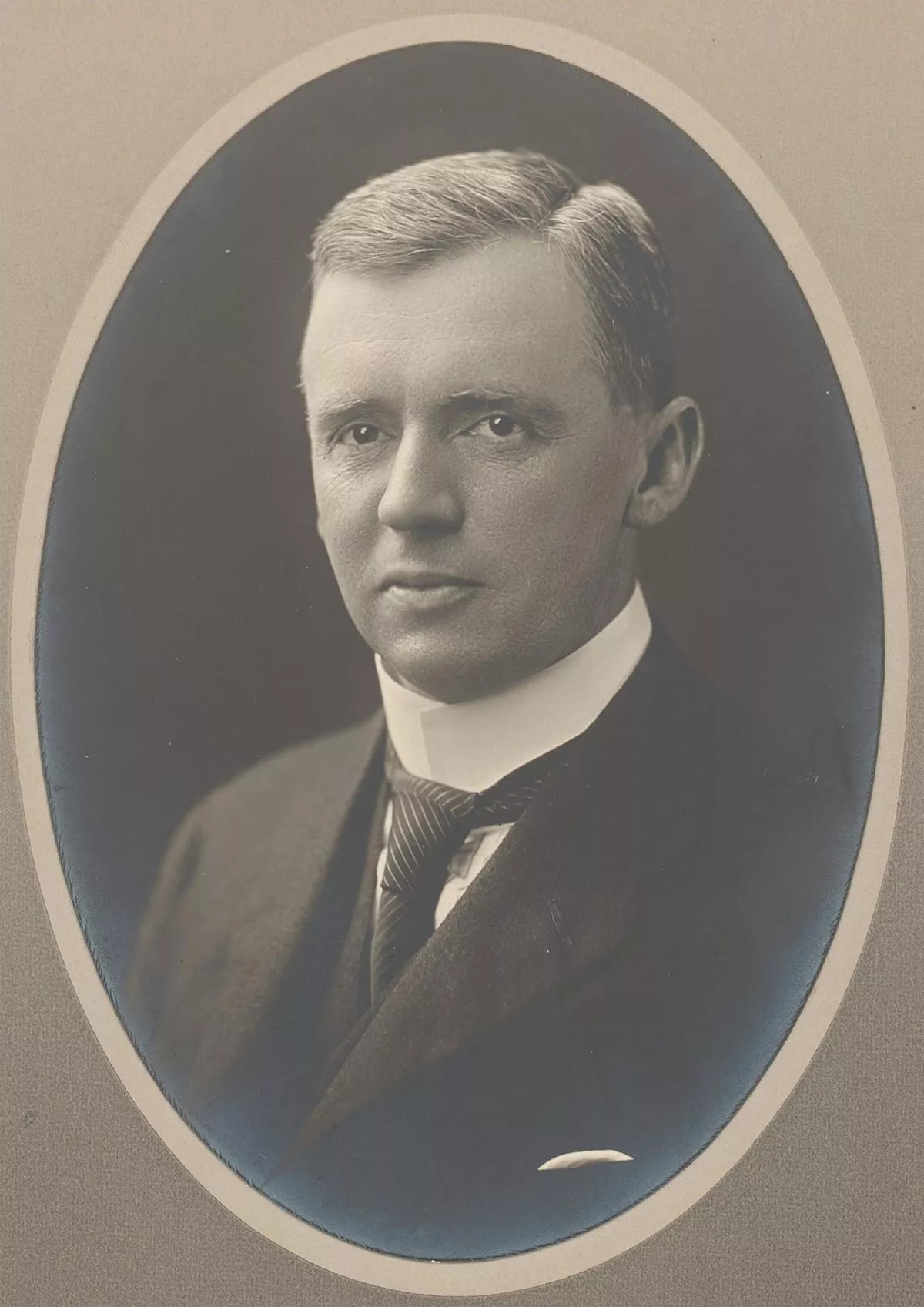 1.
1. Henry Barwell entered the South Australian House of Assembly in 1915 as the Liberal Union member for the seat of Stanley.

 1.
1. Henry Barwell entered the South Australian House of Assembly in 1915 as the Liberal Union member for the seat of Stanley.
Henry Barwell defended the restricted franchise of the South Australian Legislative Council, arguing that the Labor Party should not be allowed to gain control "over the capital that employs labor, and over the superior intellect that governs that labor".
In 1917, Henry Barwell was made Attorney-General of South Australia and Minister for Industry in Archibald Peake's cabinet and was forced to deal with the deteriorating relationship between the urban and rural constituencies of the Liberal Union, which worsened with the creation of the Country Party in 1919, taking many of the Liberal Union's supporters with it.
Peake died soon after and Henry Barwell became Premier of South Australia on 8 April 1920.
Never one to shy away from controversy, Henry Barwell publicly advocated the importation of coloured labour into tropical Australia, contrary to the White Australia Policy which at the time had almost unanimous support.
Henry Barwell argued that northern Australia had proven unsuitable for white settlement and only the large scale importation of "selected Asiatics working as coolie labour under indenture to white men" would help develop the region as they were the only race suited to such conditions.
Henry Barwell's decisiveness was evident during his premiership when he addressed the state of the South Australian Railways, which by 1922 had decayed to the point of imminent total collapse, endangering state finances.
Henry Barwell strongly supported Webb in applying business operating principles to the railways' operations.
In 1922 Henry Barwell announced the "South Australian Farm Apprenticeship Scheme", which undertook the ambitious target of arranging the immigration of 6,000 young men and boys from England to cover the 6,000 South Australian World War I casualties.
Henry Barwell travelled to England to personally oversee the recruitment of what became known as the "Barwell Boys".
Henry Barwell returned to South Australia to find that he and his government were becoming increasingly unpopular due to his policies of small government and wage restraint, as well as lingering resentment over his earlier comments on importing coloured labour.
Henry Barwell lost the 1924 election to the John Gunn led Labor Party and, after briefly acting as Opposition Leader, resigned from state parliament, seeking a seat in the Australian House of Representatives with a view to becoming Prime Minister.
Henry Barwell served in that position until 1933, helping to prepare opinion for the Ottawa Agreement and for the closer collaboration of the various parts of the British Empire.
Sir Henry Barwell was an expert lawn bowler and represented Australia at the 1934 British Empire Games.